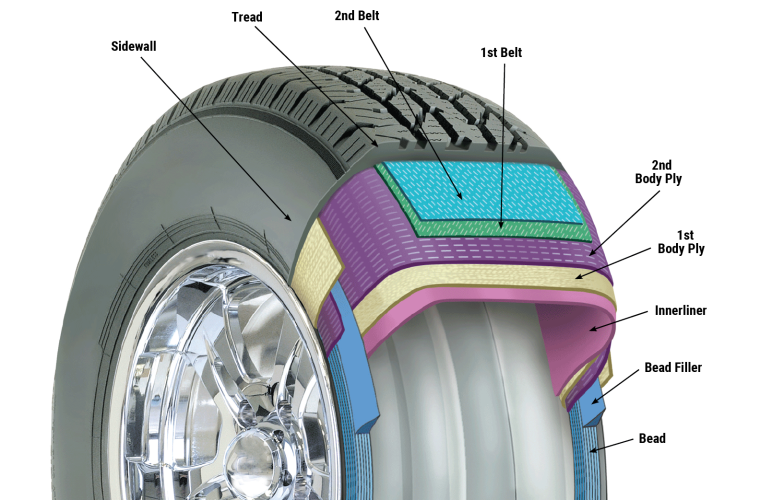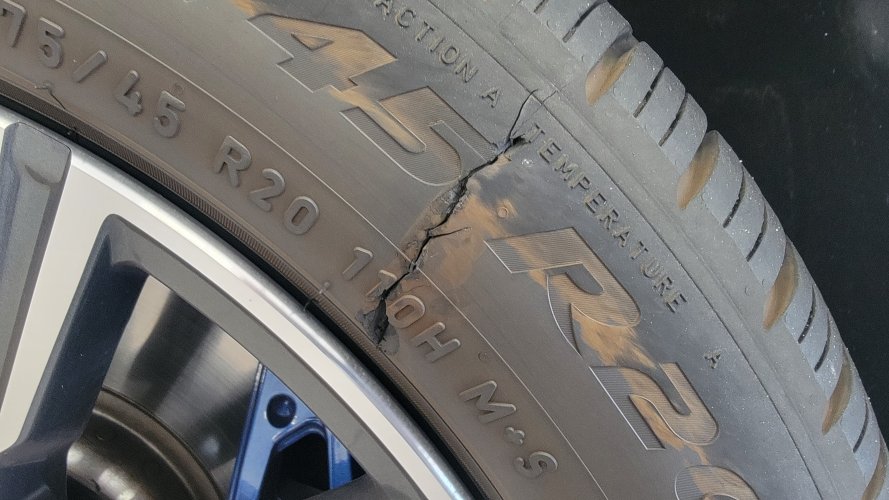ScaldedDog
Hard Core 4+
The only way the circumference will change with air pressure is if you put so much in that you gain back some of the crown that is normally lost when the tire contacts the ground. Handling will be affected.
Also, the average 35 has a rolling diameter of 33.75", while the rolling diameter of the average 315 is 33.5. (This is due to the aforementioned crown under no load at max pressure, which ends up adding about 0.5" to the radius, and 2x that number is what manufacturers advertise as a tire's size.) The exact rolling diameter of a new tire can be calculated from the revolutions/mile number provided by the manufacturer, and their new tread depth can be used to calculate the difference between that and your worn ones. Dave's numbers are likely close enough, but the math is easy if you choose to do it.
Lastly, some tire shops will shave down a new tire to match old ones. This is more common on street tires for sports cars, but they might do it for your ATs.
Mark
Also, the average 35 has a rolling diameter of 33.75", while the rolling diameter of the average 315 is 33.5. (This is due to the aforementioned crown under no load at max pressure, which ends up adding about 0.5" to the radius, and 2x that number is what manufacturers advertise as a tire's size.) The exact rolling diameter of a new tire can be calculated from the revolutions/mile number provided by the manufacturer, and their new tread depth can be used to calculate the difference between that and your worn ones. Dave's numbers are likely close enough, but the math is easy if you choose to do it.
Lastly, some tire shops will shave down a new tire to match old ones. This is more common on street tires for sports cars, but they might do it for your ATs.
Mark


